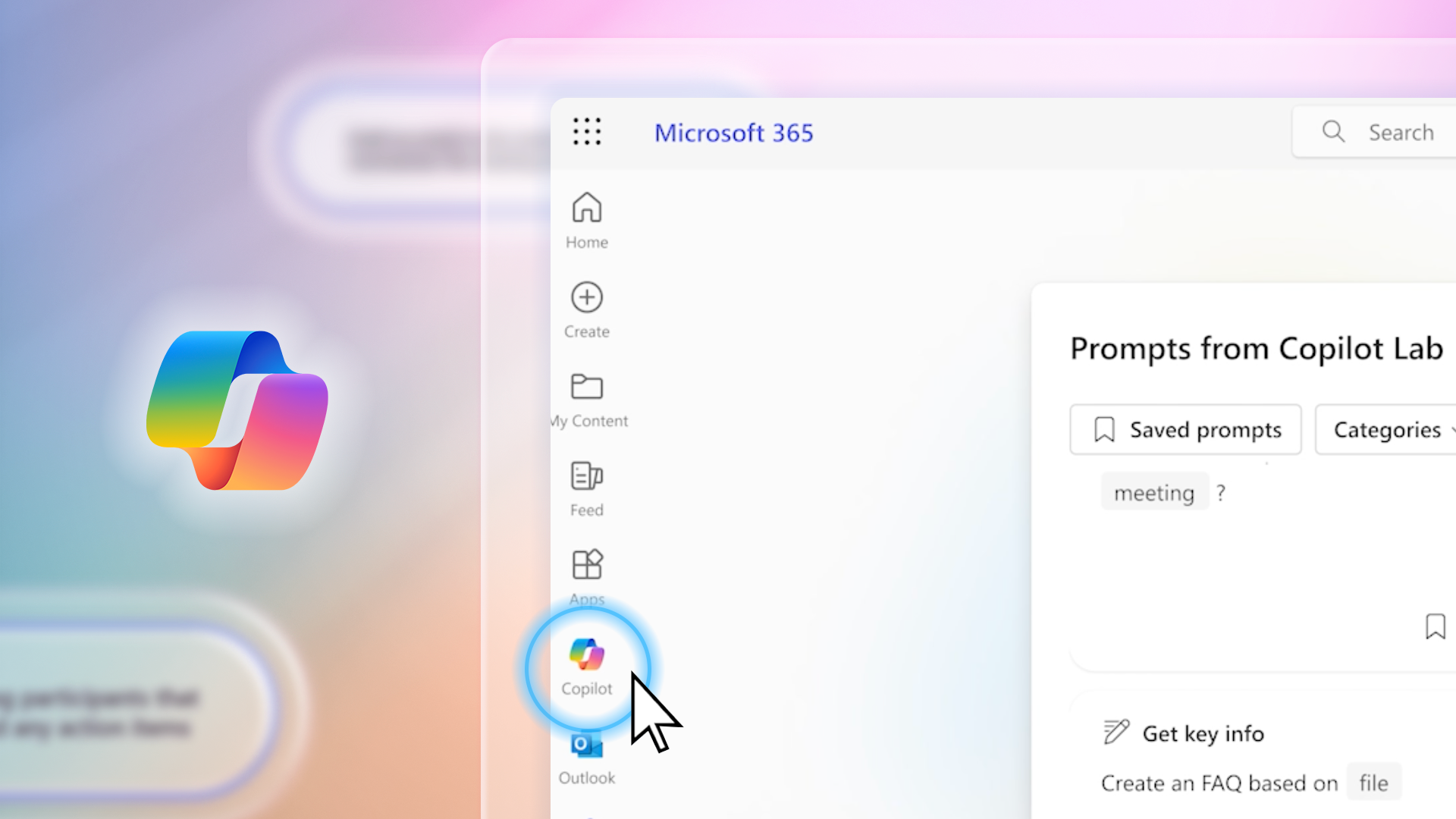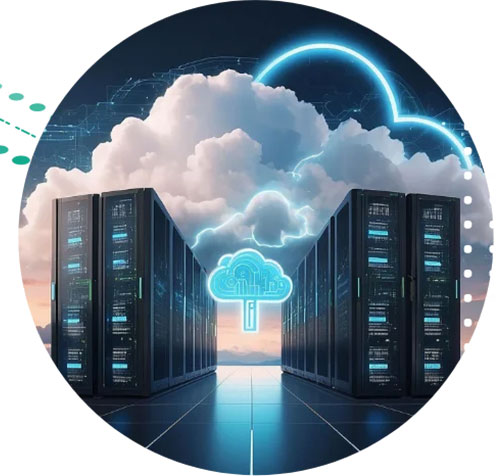What is desktop as a service (DaaS) and how can it help your organization?
Desktop as a Service (DaaS) is becoming increasingly popular among businesses looking to enhance their IT infrastructure.
Boost SAP S/4HANA journey with Sify & LeapGreat’s Innovative Solution
Meet with us at Sapphire 2024 and learn how to accelerate Your SAP S/4HANA Journey with the power of automation with Sify & LeapGreat’s Innovative Solution
Getting Your Nonprofit Organisation Ready to Implement Microsoft Copilot
As a nonprofit professional, you’re constantly seeking ways to maximise productivity and efficiency to further your mission.
What is hyperscale cloud?
Robust and reliable data centers are pivotal infrastructural backbones in ensuring the seamless operation of internet-based services, cloud computing, and end-to-end management of vast amounts of data.
Modern Digital Asset Management(DAM): A Strategic Imperative for Brands to Achieve Success
In today’s digital first world, consumers expect personalized, relevant, and engaging content at every interaction. Brands today are channelling substantial investments into creating compelling content to enhance engagement and drive conversions. Astonishingly, despite these significant investments, many brands find themselves with limited visibility into the performance of their content across diverse channels and campaigns.
Sify’s new data center in India – Spearheading transformation in a competitive landscape
Robust and reliable data centers are pivotal infrastructural backbones in ensuring the seamless operation of internet-based services, cloud computing, and end-to-end management of vast amounts of data.
Sify’s new data center in Noida – A hub of futuristic innovation and reliability
Robust and reliable data centers are pivotal infrastructural backbones in ensuring the seamless operation of internet-based services, cloud computing, and end-to-end management of vast amounts of data.
A Comprehensive Guide to Hybrid/Multi Cloud Adoption and Management
Hybrid/multi cloud environments are at the forefront of enabling flexible, scalable, and customized software-defined and managed infrastructure solutions.
Build the right hybrid IT infrastructure for your digital transformation needs
The shift to hybrid IT infrastructure is not just a trend, it’s a strategic imperative for modern-day businesses. Having an infrastructure mix of on-premises data centers and cloud architectures helps to lower risks while catering to the technical transformation needs of agile and digital businesses.
What Mattel’s Content Teaches Us About Reusing Digital Assets
The blog delves into the power of content reuse, referring to Mattel’s recent strategy of revitalizing their old toy lines from over four decades ago. The article highlights Mattel’s clever use of existing content and tapping into the power of nostalgia to resonate with diverse audience segments. It showcases the broader concept of content reuse, where stored digital assets become a strategic resource for building brand engagement with established and new consumers.



































































